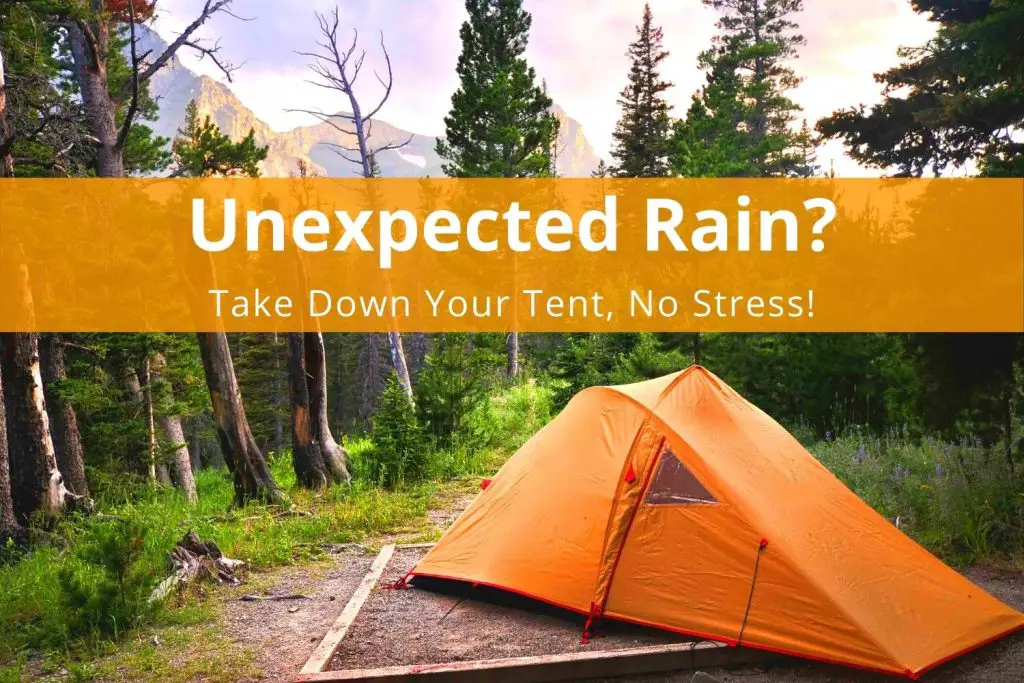
There's a possible Patient Zero in the imaginary planet of Atzor, an early proto-larp described in a Life article in 1941 which at the time of writing boasted ten 'lands' or countries wherein conflicts were decided with tabletop wargames of vast and involving complexity. Says Stark, "there is no single 'mother larp' that started the craze instead it rose up like some grassroots political campaign, with people in different areas of the United States and elsewhere spontaneously deciding to hit their friends with padded sticks in backyards." "His players disagreed, and begged him to run another session," says Stark, so he did.īraunstein attracted others, including one Dave Arneson, who'd go on to combine his wargaming jones with his Lord Of The Rings obsession to build a new set of rules, developed in collaboration with a thirty-something insurance underwriter named Gary Gygax the first edition of Dungeons & Dragons, the ur-RPG, hit shelves in 1974.ĬOLD LARP'N - LONDON via jaredeberhardt Flickr

The first run of Braunstein, a Napoleonic battle rendered with miniature soldiers on a tabletop landscape, ended in intrigue and chaos, with Wesley feeling he'd failed. Paul, frustrated with the way that the wargames he played in would break down into arguments over the implementation of the rules, to investigate the theory of games with an aim to developing non-zero-sum scenarios. Wargaming systems of a more realist (or at least mimetic) type were a popular pastime for well-to-do Victorian folk, but it took a man named Dave Wesley form Minneapolis-St. In her book Leaving Mundania, Lizzie Stark traces the development of larp from its origins, the nascent form of what Bruce Sterling likes to call the military-entertainment complex: immersive historical pageants thrown by medieval royalty, often at immense expense prototypical wargames for training the officers of the European enlightenment contemporary historical re-enactment groups, some simply restaging the great battles of the past, or - in the case of the Society for Creative Anachronism - doing what they call 'living history', where old skills and ways of life are revived as part performance, part play, all wrapped up in authentic period costumes. Larp's roots run deeper than Dungeons & Dragons. I scribbled some notes, went home and started digging.

Like all clichés, it's rooted in truth: a lot of larp is exactly like that - and as such, I'd argue, no more worthy of mockery than paintballing, its over-macho cousin.īut there was, I heard, another type of larp: a larp whose potential as a tool for political and social change inspired Holmås to evangelise about it a larp that could not only give players an insight into the lived experience of, for instance, homelessness, refugeeism or gender disparity, but which might also suggest changes to the way society deals with people in those situations a larp that could 'game out' better ways of responding to a Haiti-scale natural disaster, or help the two sides of an interminable religiopolitical stalemate to walk a few yards in the shoes of their opponents. Larp - which you may have encountered already as LARP, acronym of "live action roleplaying", now noun'd down into lower case by regular use - has been around long enough for its public image to settle into an established stereotype, namely nerds dressing up as knights and orcs and hitting each other with rubber swords at the weekend. Three months previous, I was out researching an article on the Collapsonomics movement when the conversation turned to the new direction in which larp players from the Nordic nations were taking the form. So claimed Heikki Holmås, Norway's newly-appointed Minister for International Development back in March, and I couldn't help but take notice. Epic Empires via virginsuicide photography Flickr


 0 kommentar(er)
0 kommentar(er)
